
Beyond the Beatles’ catalog sits a treasure trove of compositions that showcase McCartney’s chameleon-like versatility. While fans dissected every note of “Hey Jude,” Paul was crafting bespoke gems for other voices with casual brilliance. These songs reveal a songwriter who understood different artists’ strengths and tailored melodies accordingly. Each track demonstrates how musical genius extends far beyond personal performance into the art of creating perfect fits for other talents.
8. Those Were the Days (Mary Hopkin)
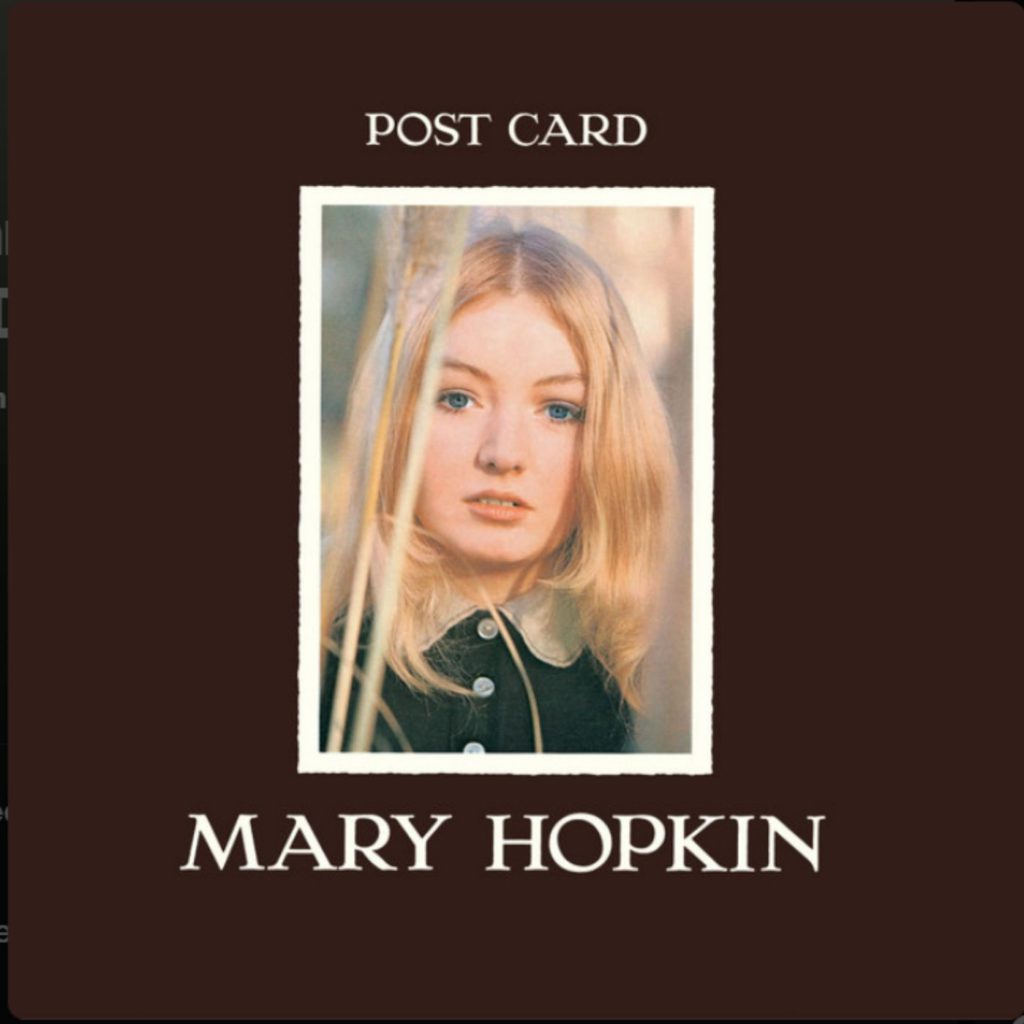
Blue Angel Cabaret Club introduced McCartney to this traditional Russian ballad, and he immediately heard Mary Hopkin’s crystalline voice bringing it to life. Though not his composition, Paul’s production and arrangement transformed the folk standard into 1968’s second-biggest British hit.
Apple Records launched with this single, instantly establishing the label’s credibility through Hopkins’ success. McCartney’s belief in her talent converted an unknown Welsh folk singer into international stardom faster than most careers begin, proving his ear for matching songs to singers.
7. Woman (Peter and Gordon)
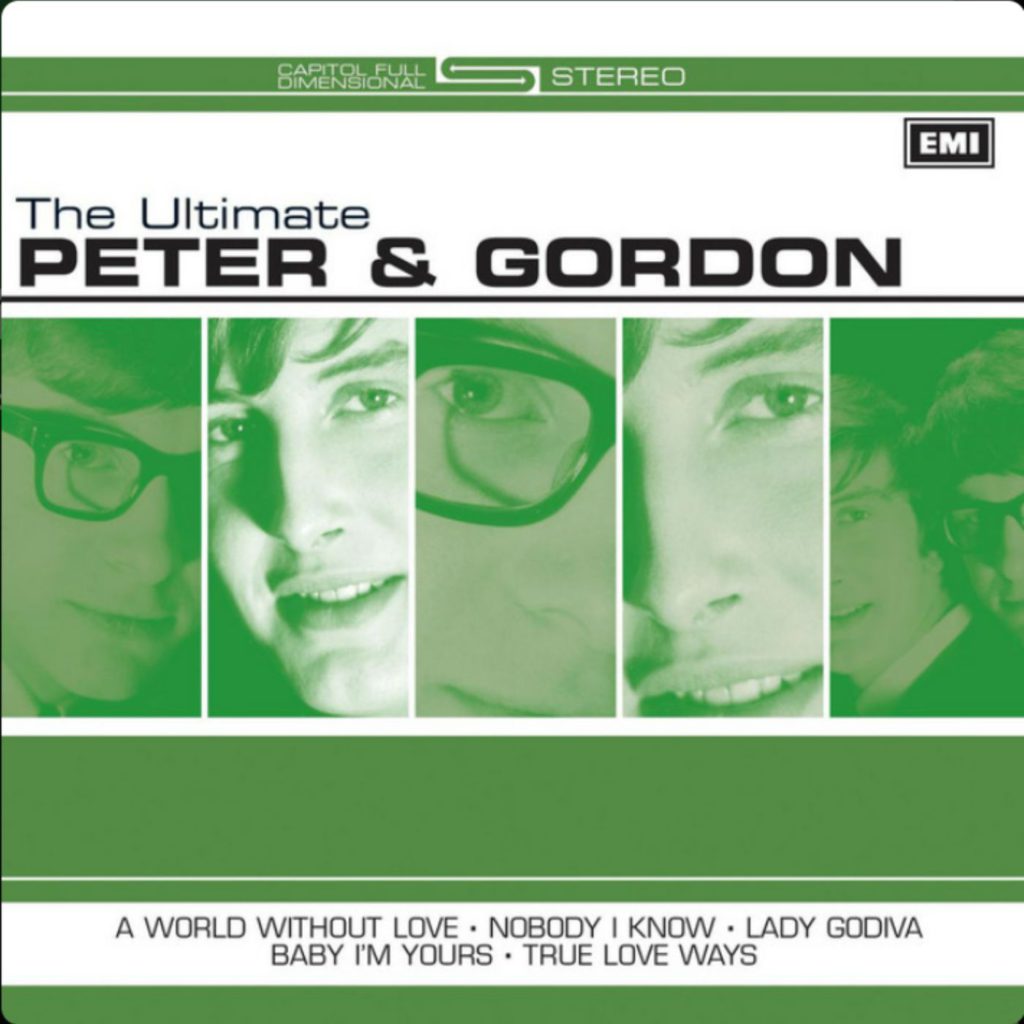
Bernard Webb doesn’t exist, yet this fictional songwriter topped Canadian charts in 1966. McCartney’s pseudonym experiment tested whether his compositions could succeed without the Beatles’ association. The December 1965 sessions featured Paul arranging and playing drums before February’s revised release.
Chart positions of twenty-eighth in Britain and fourteenth in America proved the test successful. “Bernard Webb” demonstrated that McCartney’s songwriting talent stood firmly on its melodic foundations, independent of Beatlemania’s gravitational pull.
6. Come and Get It (Badfinger)
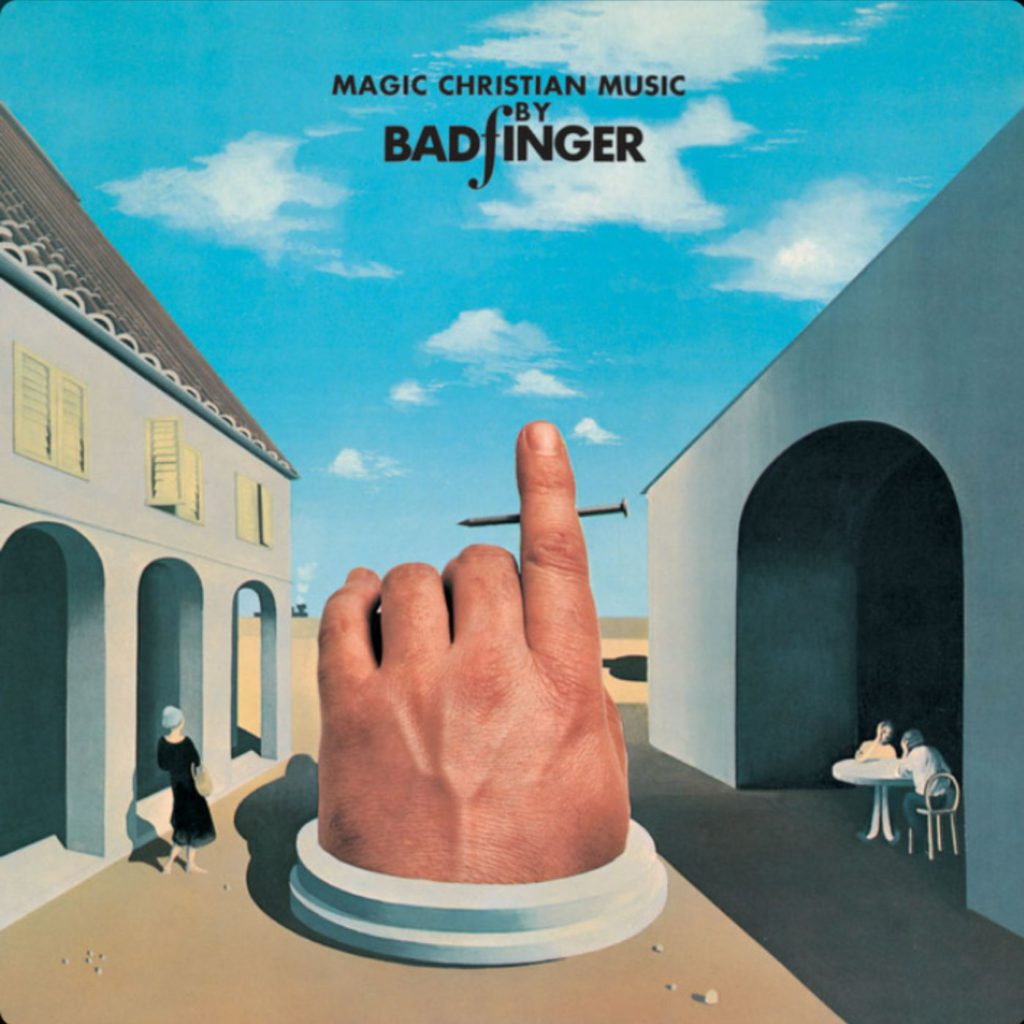
Simplicity became strength in this December 1969 release. McCartney stripped away unnecessary complexity, creating an infectious melody that connected directly with listeners. The straightforward approach worked like a perfectly designed tool, doing exactly one thing well.
Badfinger’s faithful interpretation of Paul’s Come and Get It proved that sometimes the most direct path between songwriter and audience creates the strongest impact. The track’s enduring appeal shows how McCartney understood when musical ideas reached completion in their most elemental form.
5. I Don’t Want to See You Again (Peter and Gordon)
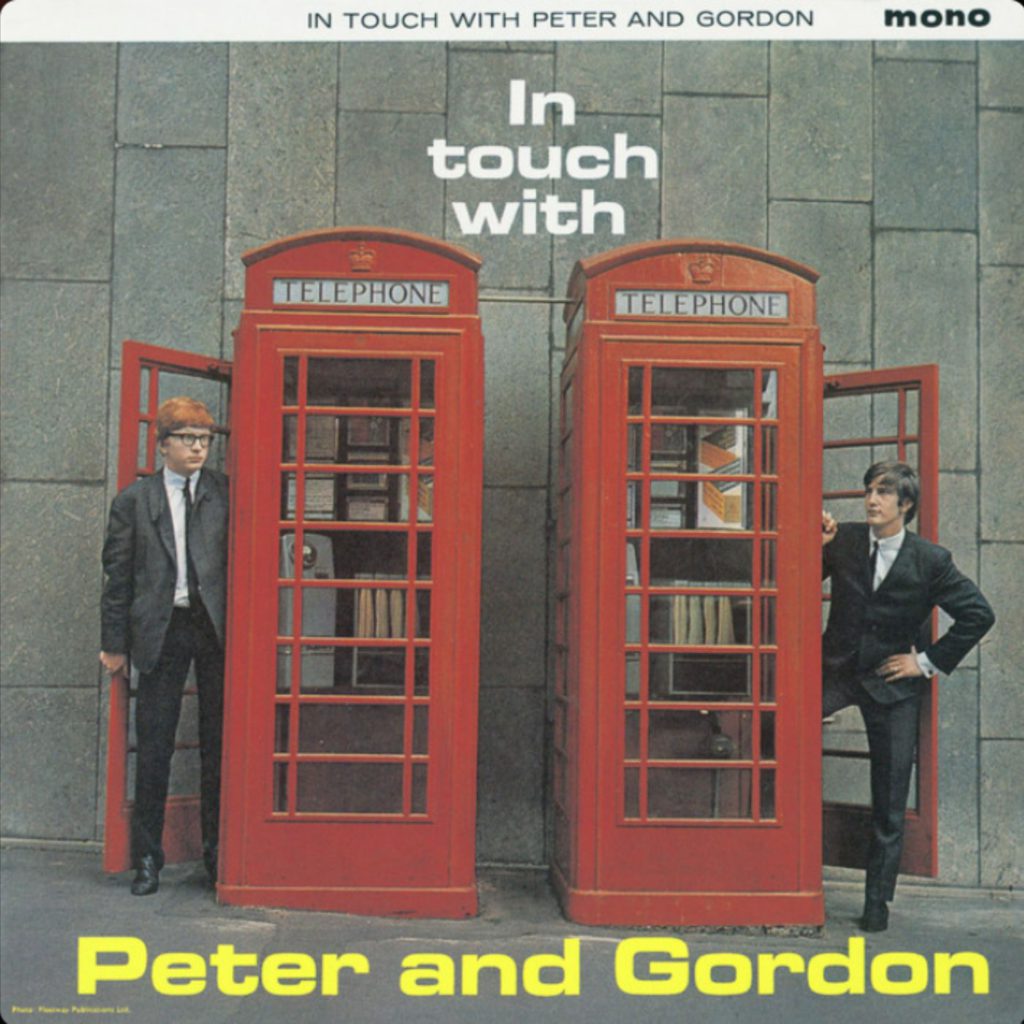
September 1964 brought this McCartney composition entitled I Don’t Want to See You Again to an unusual commercial fate. America embraced it to seventeenth place while British charts completely ignored the release. The disconnect illustrates how even masterful songwriting sometimes finds audiences across oceans rather than down the street.
Peter Asher ranks this as his favorite McCartney collaboration despite its lukewarm reception. His preference reminds us that artistic merit and Billboard rankings often travel completely different highways, with creators appreciating nuances that escape mass market appeal.
4. Step Inside Love (Cilla Black)

BBC Television commissioned a theme song, and McCartney delivered musical tailoring worthy of Savile Row. His November 1967 demo session at Chapel Studios captured the essence with just Cilla’s voice and acoustic guitar – a sketch containing all elements of the finished this Step Inside Love masterpiece.
Abbey Road housed the definitive recording after the January television premiere. March’s single release spent nine weeks on the British charts, peaking at eighth position. The composition became as integral to Cilla’s identity as her flame-red hair, proving Paul’s ability to write for specific voices.
3. Goodbye (Mary Hopkin)

Restaurant inspiration struck at The Capri in London, where McCartney scribbled melodic ideas between courses. His Abbey Road demo featured multiple instrumental parts played with the casual virtuosity of someone fluent in several musical languages.
March 1969’s finished version reached second place in Britain while topping Dutch and Irish charts. American audiences took it to thirteenth position, impressive numbers for a song that began life on a restaurant napkin and demonstrated how inspiration strikes in the most ordinary moments.
2. A World Without Love (Peter and Gordon)
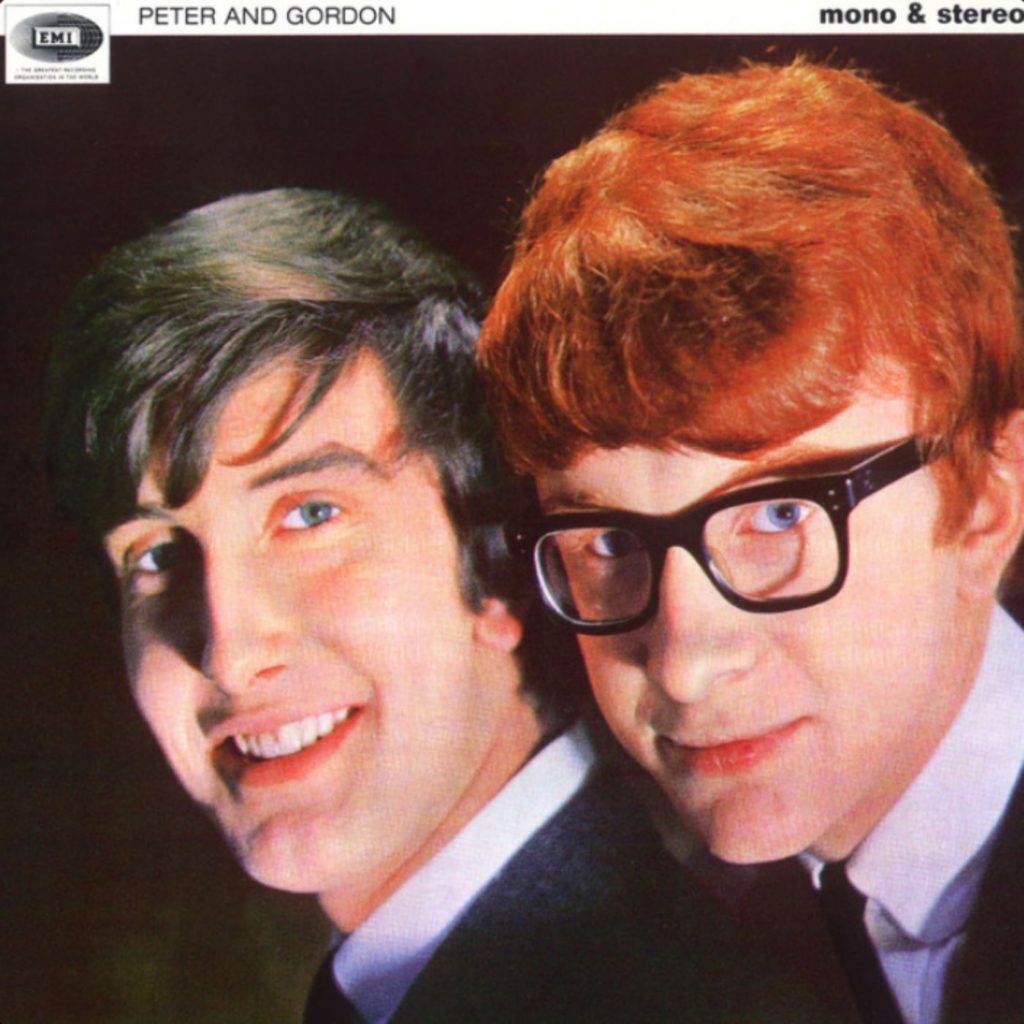
Five years passed between conception and completion for this melodic masterpiece. McCartney carried the basic tune since 1959, adding the crucial bridge section just before Peter and Gordon’s January 1964 studio session. The timing proved perfect – February’s release shot straight to number one in Britain and America.
Peter Asher still owns Paul’s original demo, capturing those raw musical blueprints before studio polish transformed them into chart gold. The song functions as a time capsule of pre-psychedelic Beatles songwriting – earnest, melodically rich, and built with architectural precision that modern hitmakers study religiously.
1. Nobody I Know (Peter and Gordon)
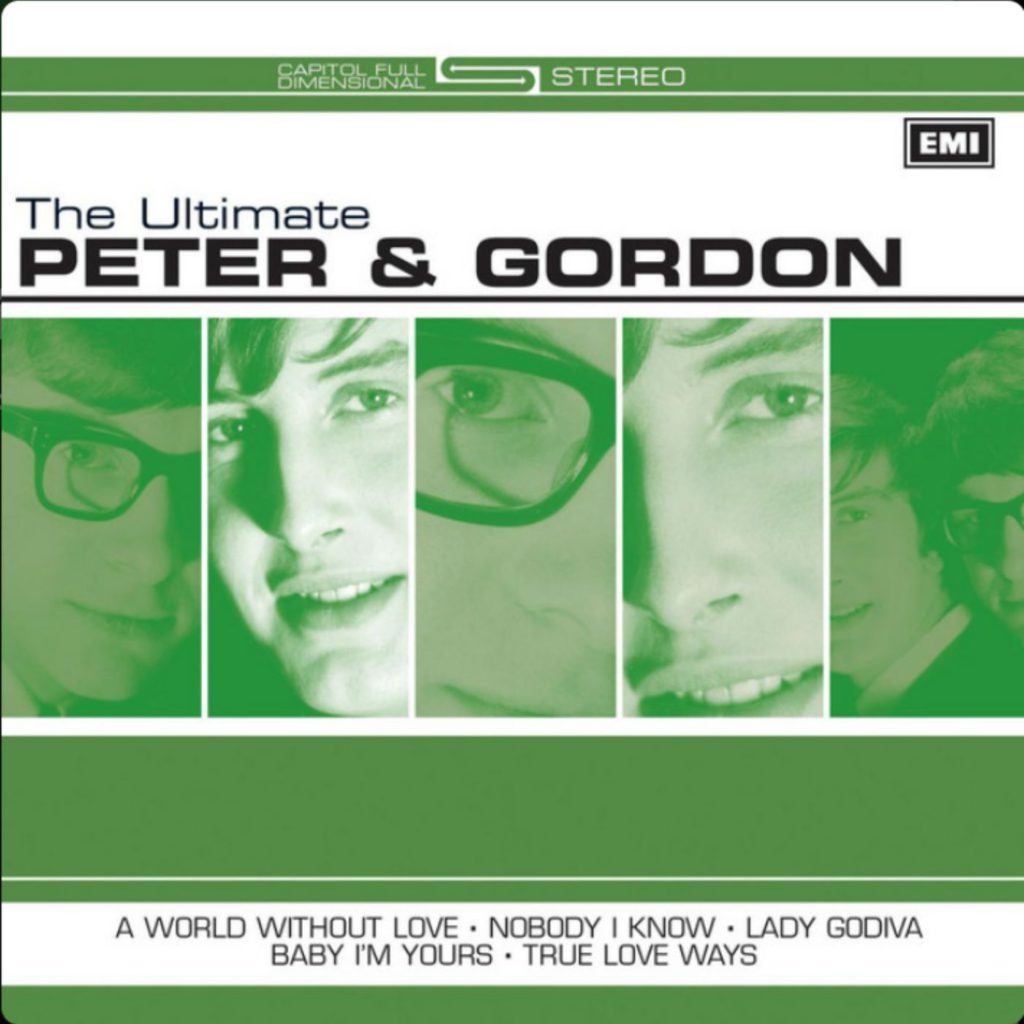
London’s 1964 recording scene demanded constant creativity, with McCartney contributing even when not performing. He wrote this track specifically for Peter and Gordon’s harmonic blend, understanding their vocal chemistry better than they did themselves. The result climbed to twelfth position in Britain and tenth in America.
Session guitarist Vic Flick added that distinctive 12-string shimmer for just six pounds – musical history made on a working musician’s wage. These session players were the anonymous architects of the British Invasion sound, crafting iconic parts while remaining as invisible as the studio equipment.





















